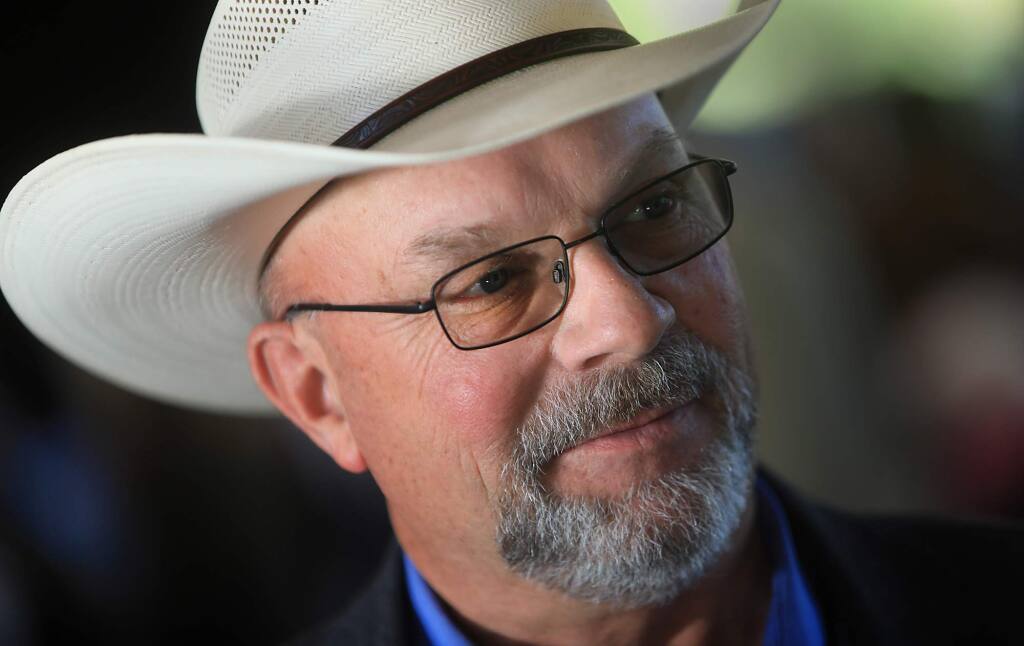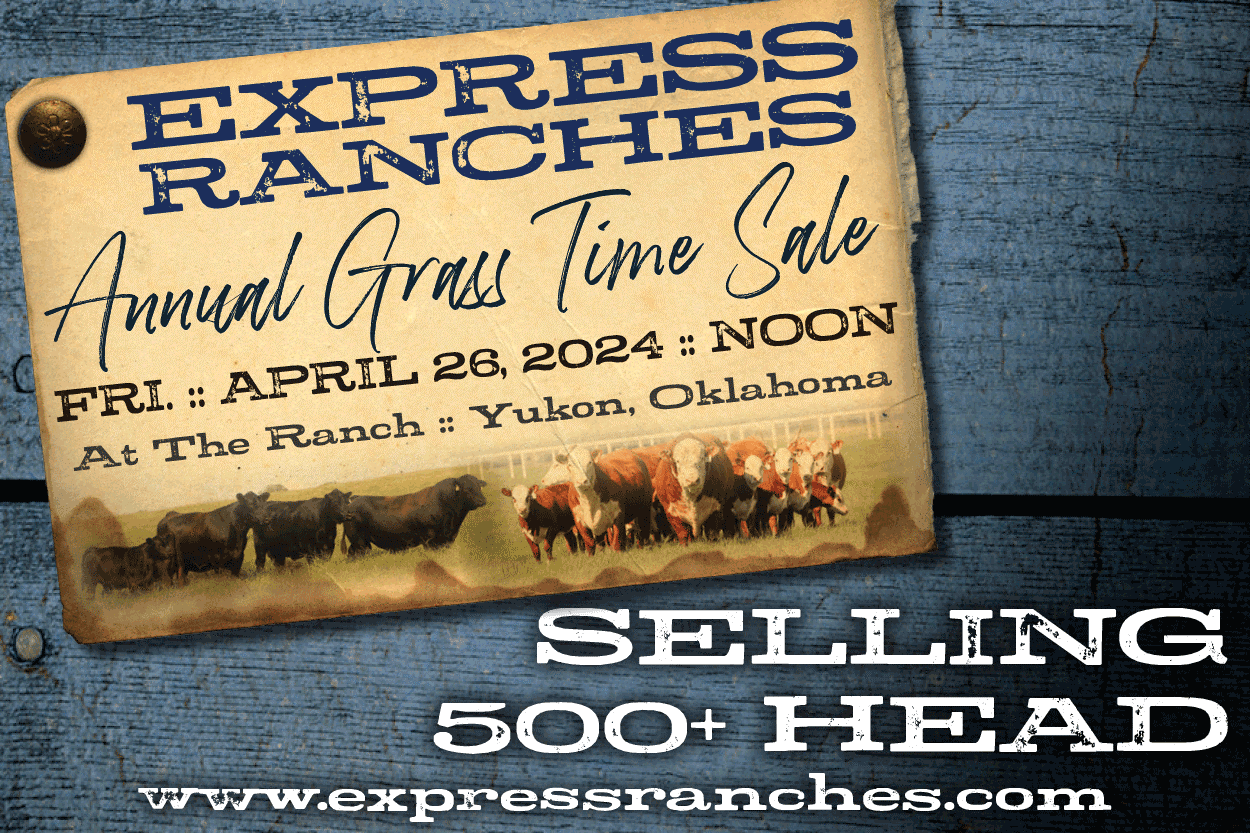
Beef Buzz News
Jimmy Emmons Talks on the Benefits of Starting Down the Road to Soil Health
Thu, 07 Apr 2022 13:27:09 CDT
 Jimmy Emmons, rancher, farmer and Oklahoma Conservation Commission's Soil Health Mentoring Coordinator, talks with Ron Hays about the importance of hanging on to every rain drop and how landowners can reap numerous benefits from prioritizing their soil health.
Jimmy Emmons, rancher, farmer and Oklahoma Conservation Commission's Soil Health Mentoring Coordinator, talks with Ron Hays about the importance of hanging on to every rain drop and how landowners can reap numerous benefits from prioritizing their soil health.
Jimmy Emmons and his wife Ginger have been farming and ranching for a dozen years using soil health principles, no till and working to build up the ability of their soil to hold onto rain when it falls.
When we started down our soil health road in 2010, NRCS measured our infiltration rates at the ranch and on my farm ground to be about a half inch per hour, Emmons said. Today it is somewhere between 6 and 8 inches an hour, he added.
When he first started growing cover crops, Emmons said many believed it was not possible because of limited rainfall. Now he knows that to be true, he added, because back when they did get those heavy rainfall events, a lot of that water ran off.
Once you start to have that ability to capture those large rainfall events, then you start having water to work with, Emmons said. It is the same way for rangeland, he added.
"If we can get that aggregation going, keep cover on the ground and not overgraze if we use rotational grazing practices, we actually see that water infiltration rates go up and that rangeland as well," Emmons said.
If you are in a water challenged area, you need every raindrop where it falls so you can use that in the future, Emmons said. We can lessen the flood event if we take it in, and we can also go longer in a drought time, he added.
"Once you exhaust the profile, it becomes empty and we have got to have God's help to get to get some rain back in there," Emmons said. "When it does come, and it comes in large events, we can capture it and keep it there."
We may stay cooler here a little longer in the spring, Emmons said, but once it breaks, then it is just extreme.
"There is no natural flow like we used to have," Emmons said. "So, then producers need to be aware that it can change very dramatically."
Emmons said it is critical to analyze how much forage you have and look at your soil profile. Using anything from a probe to a shovel, it is beneficial to see what you have in the ground, he added.
"NRCS can help you with some of this and we can at the conservation commission as well," Emmons said. "We can come out and do analysis and consultations to try and help you understand what you have."
As the entire concept of soil health has risen in recent years. Some of the newer terms we are hearing include phrases such as "climate smart".
Emmons said the newer terms referring to soil health are all tied together. It is still all about understanding the education side of what soil is, how it works, how it functions, how important the biological community below ground is to what we grow above ground, he added.
Emmons said becoming educated about soil health and implementing those practices also helps us with nutrients and freeing up minerals. With prices of high nitrogen and phosphorus fertilizer and availability, we really need to focus in on that, he added.
"It is a learning curve for everybody," Emmons said. "I continue to learn daily in my travels around and learning what we can do and what is available out there."
Emmons said being open to learning is what we need to do to understand this, and I think it will help all the producers across the country and our rivers and streams if we can really get into this."
Click on the LISTEN BAR below to hear more on this topic from Ron Hays and Jimmy Emmons.
The Beef Buzz is a regular feature heard on radio stations around the region on the Radio Oklahoma Network and is a regular audio feature found on this website as well. Click on the LISTEN BAR below for today's show and check out our archives for older Beef Buzz shows covering the gamut of the beef cattle industry today.
WebReadyTM Powered by WireReady® NSI
Beef News



















